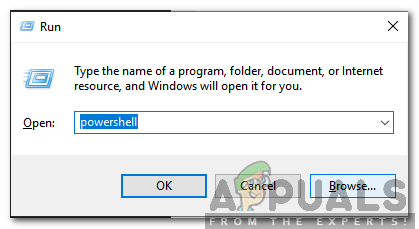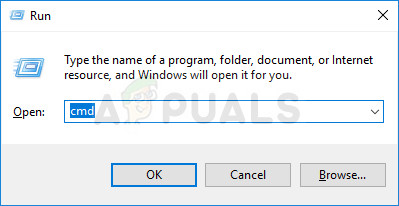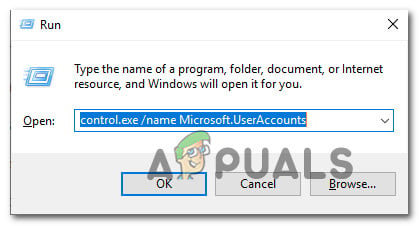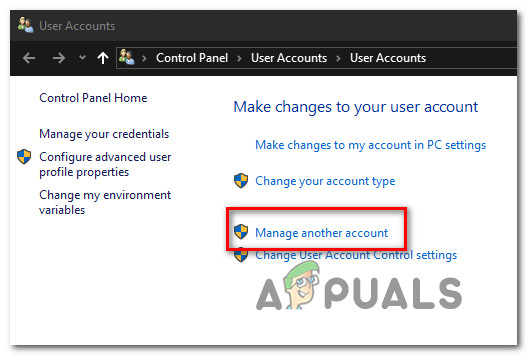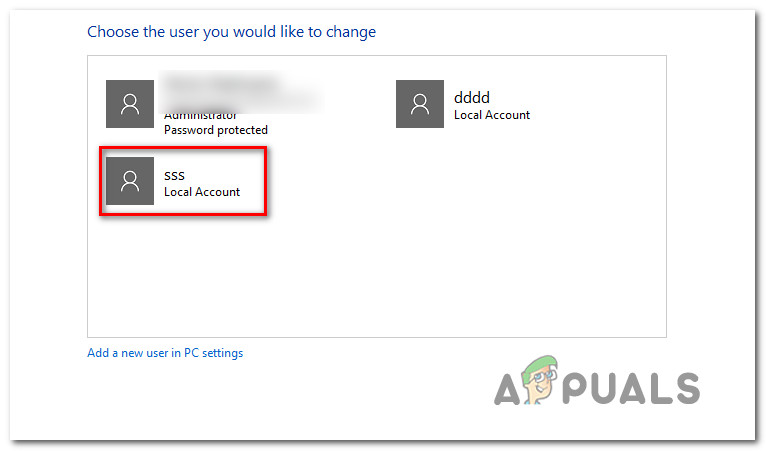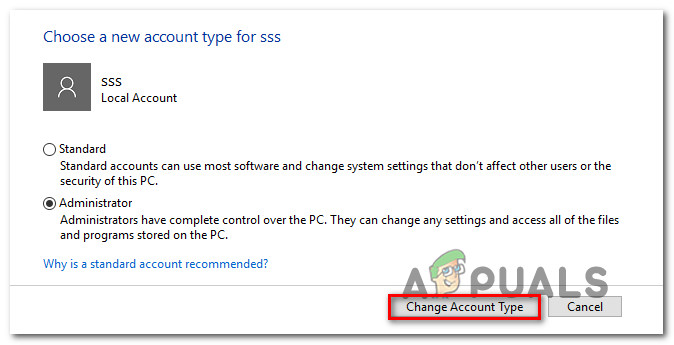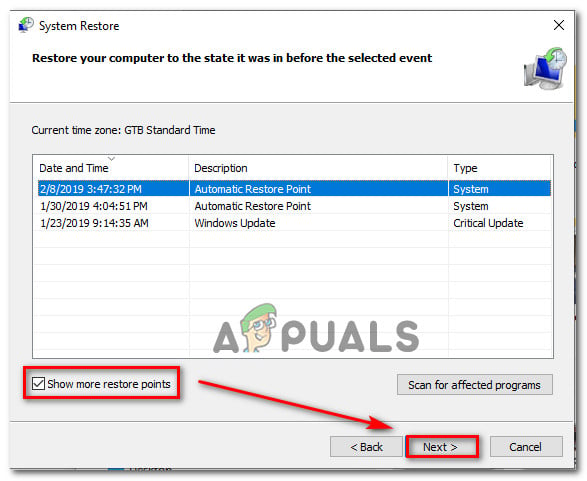What’s causing the ‘Start menu/ms-settings’ to stop working?
We investigated this particular issue by looking at various and trying out different repair strategies that are commonly recommended by other users that faced the same problem. As it turns out, several different scenarios might lead to the apparition of this issue. Here’s a quick rundown of scenarios that might trigger this problem: If you’re currently struggling to resolve the same issue, this article will provide you with several applicable fixes that might end up resolving the issue for you. Down below, you’ll find a collection of methods that other users in a similar place have successfully used to resolve the issue. Each potential fix has been confirmed to work by at least one affected user. For the best results, we advise you to follow the methods below in the same order that we arranged them in (via their efficiency and difficulty). Eventually, you should find a potential fix that will resolve the issue regardless of the culprit that’s causing it the problem.
Method 1: Reinstall and Re-register all UWP applications
Before you explore any other repair strategies, you should start by ensuring that the issue is not solely occurring due to a corrupted item or because the Settings app is not properly registered. Several affected users have reported that they managed to resolve the issue after they reinstalled and re-registered all built-in Windows apps under the Windows account that was encountering the issue. Here’s a quick guide on reinstalling and re-registering all built-in UWP applications including the Settings app. Here’s a quick guide on doing this: If you’ve performed the instructions above and you’re still encountering the same issue, move down to the next potential fix below.
Method 2: Adding a password to the Windows account (if applicable)
As it turns out, one popular fix for this particular issue is to use an elevated Command Prompt to add a password to the windows account. This might seem like weird fix, but a lot of affected users have confirmed that they were suddenly able to open the Settings app and any other app that was previously showing the “This file does not have a program associated with it for performing this action” after they added a password using an elevated CMD prompt. Here’s a quick guide on resolving the issue ‘Start menu/ms-settings’ Not Working issue by adding a password to the Windows account using an elevated CMD: if you’re still encountering the “This file does not have a program associated with it for performing this action” when you try to open up a Settings sub-app, move down to the next method below.
Method 3: Deploying DISM and SFC commands
In most cases, this particular error will occur due to some corrupted system files that ended up affecting the functionality of your computer. If several built-in apps (Settings app, Notepad, etc.) are all showing this error, you’ll need to start by fixing your system files. Several affected users have reported that they managed to resolve the issue by running a couple of built-in utilities capable of resolving system file corruption – SFC (System File Checker) and DISM (Deployment Image Servicing and Management) But keep in mind that even if both utilities are capable of resolving system file corruption, the two built-in scanners have different approaches. SFC is better at fixing logical errors and relies on a locally stored cache to replace corrupted files with healthy copies. DISM, on the other hand, uses WU (Windows Update) to replace corrupted files and is way better at repairing built-in utilities. Here’s a quick guide on performing DISM & SFC scans: If you’re still unable to open any Settings tab and you see the “This file does not have a program associated with it for performing this action”, move down to the next method below.
Method 4: Performing a System Restore
If none of the methods above have allowed you to resolve the issue, chances are you’re dealing with an underlying system corruption issue. In situations like this, you can still avoid the radical approach (clean install) by going for a damage-controller approach. System Restore will revert your computer to a previous point in time by using a previously created snapshot that will restore your computer state to an older point in time. By default, Windows is configured to save new snapshots regularly (after every important system change like a critical update installation or a driver update). With this being said, unless you modified the default behavior, you should have plenty of restore snapshots to choose from. But before you start using System restore to bring back your computer to a healthy state by using a snapshot, keep in mind that any change you made after the snapshot will be a list. This includes any installed apps and drivers, 3rd party or Windows native apps. If you are aware of the data loss risks and you’re still prepared to use System restore to bring fix issues related to Start menu/ms-settings, move down to the next method below:
Method 5: Performing a repair\clean install
If none of the methods below have allowed you to resolve the issue, you can safely conclude that you’re dealing with a corruption issue that can’t be resolved conventionally. If you’ve come this far without a result, one last resort that will resolve the issue is to refresh every Windows component. Several affected users facing this exact problem have reported that the issue stopped occurring after they refreshed every Windows component – either by performing a repair install or via a clean install. A clean install is easier to perform, but keep in mind that it won’t allow you to keep all your data. Applications, games, personal media and all user preferences will be lost along with this process. If you’re looking for a better approach, consider a repair install instead. Although it’s a little more tedious, a repair install (in-place upgrade) will allow you to keep your applications, games, personal media and some user preferences.
FIX: “Pin to Start Menu” and “Unpin from Start Menu” Options Missing in Windows…How to Fix Start Menu Not Working in Windows 10/11?Start Menu Not Working on Windows 11? Here’s How to Fix ItFix: Start Menu and CORTANA aren’t working

